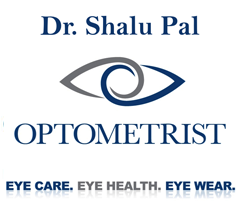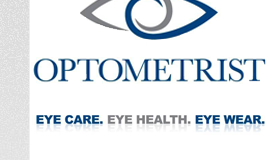Contents |
Fluorescein Angiography
Introduction
Most people do not know that the only place in the human body where blood vessels can be viewed in their natural state, without cutting something open, is in the back of the eye. For this reason, the eye is one of the best places to evaluate diseases and conditions that affect the circulation; what is happening in the ocular blood vessels is also happening elsewhere in the body.
For this reason, Fluorescein Angiography (FA), a test in which the vegetable dye called fluorescein is injected into an arm or hand vein and allowed to circulate through the body is an important diagnostic procedure, not only for eye disease but systemic conditions as well. When the dye reaches the eye, photographs are taken to see the retinal arteries and veins. In some cases, photos may be taken very early in the process, when the dye is just reaching the eye, until the dye is completely out of view. These angiograms may be referred to as being “early,” or “late,” and provide different types of information to the specialist interpreting them. As the dye circulates and perfuses into the ocular area, it is much easier to view exactly what the vessels are doing, or if they are leaking at all.
FA is used whenever there may be a question of blood leakage into the back of the eye; it is extremely useful because the fluorescein glows brightly under the flash of a camera, showing any leakage of blood, the location of the site, and how extensive the leak may be.
This diagram shows a pair of retinal photos taken under normal conditions, and what the blood vessels look like under fluorescent light, in blue. Any leakage from the vessels would be visible.
The retina can be affected by many disorders that involve the circulation of blood, such as may be found in retinopathy of diabetes, arteriosclerosis (thickening of the artery walls), atherosclerosis (plaque formation within the vessels), macular degeneration and many others. FA can be used to assess and document a present condition prior to treatment or it can be used to evaluate whether treatment has been effective.
What to Expect
Fluorescein angiography is not painful and is relatively quick to perform.
First, the patient having the procedure will have dilating drops inserted into his or her eyes to enlarge the pupil and make viewing the interior of the eye easier. Once the pupils have dilated, the dye is injected, usually into a vein in the hand or the arm. In just a few seconds, the dye will become visible in the eye via the blood vessels that provide circulation there. Photographs will be taken from the time of the first visible trace of dye, until it is almost completely gone.
Sometimes, different filters are used on the camera, to reveal different aspects of circulation; the filters make the dye fluoresce, or glow, so the tiniest amounts can be seen, even the smallest leakages from the blood vessels in the eye.
The entire FA procedure takes less than half an hour, although it may take longer for the dilating drops to work; it will also take up to several hours for them to wear off, making vision blurry. The skin may appear to be slightly yellowed and urine will be bright yellow for about 36 hours after the test.
What Does Fluorescein Angiography Reveal?
Often, when the circulation within the eye is compromised, a hormone called 'vascular growth factor (VGF)' is released, causing the formation of new, extremely fragile arteries and veins. Such newly-formed vessels are very easily broken (a coughing spell might do so, for example) and should be treated with a laser to seal them, or with medications called anti-VGFs to prevent their formation.
If there are any circulation difficulties such as swelling, leaking or otherwise abnormal blood vessels, they will be visible from the photographs. If there are new vessels forming, these are also apparent and can be treated before they begin to break and bleed into the eye.
To a specialist treating such conditions, knowing that such leakages are present and their exact location makes it much more effective to treat them.
Fluorescein angiography is a very effective tool to visualize and treat circulation problems within the eyes.






